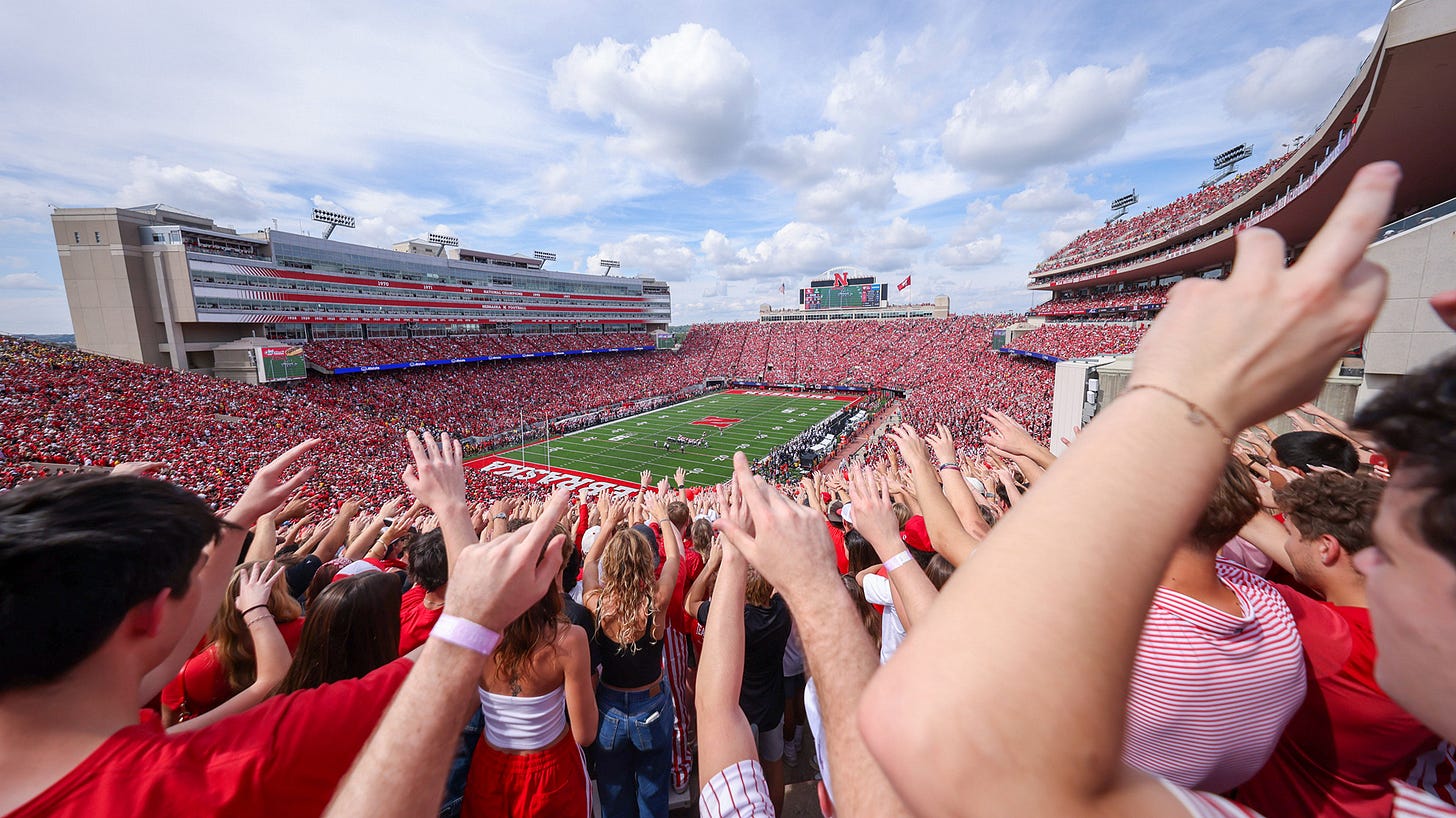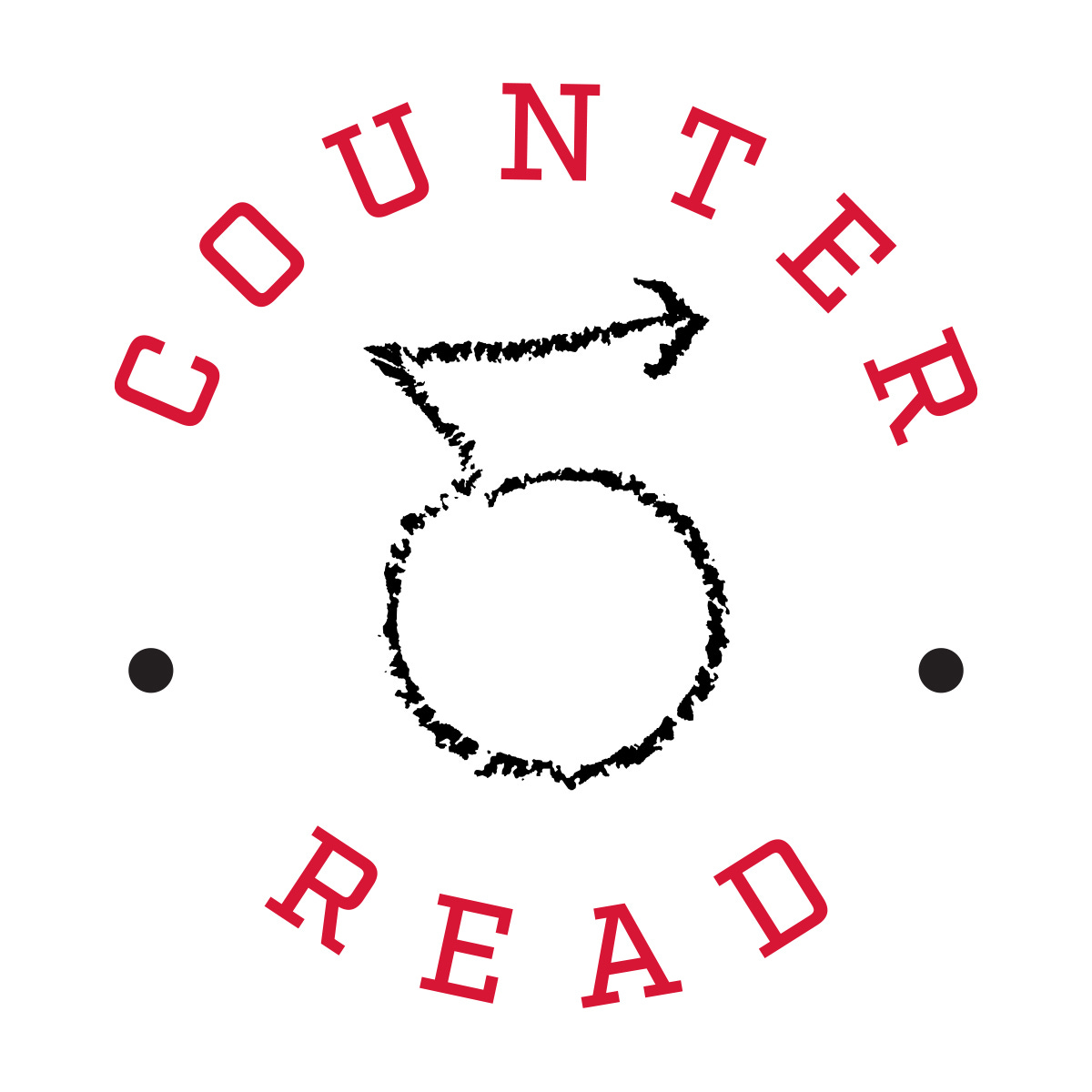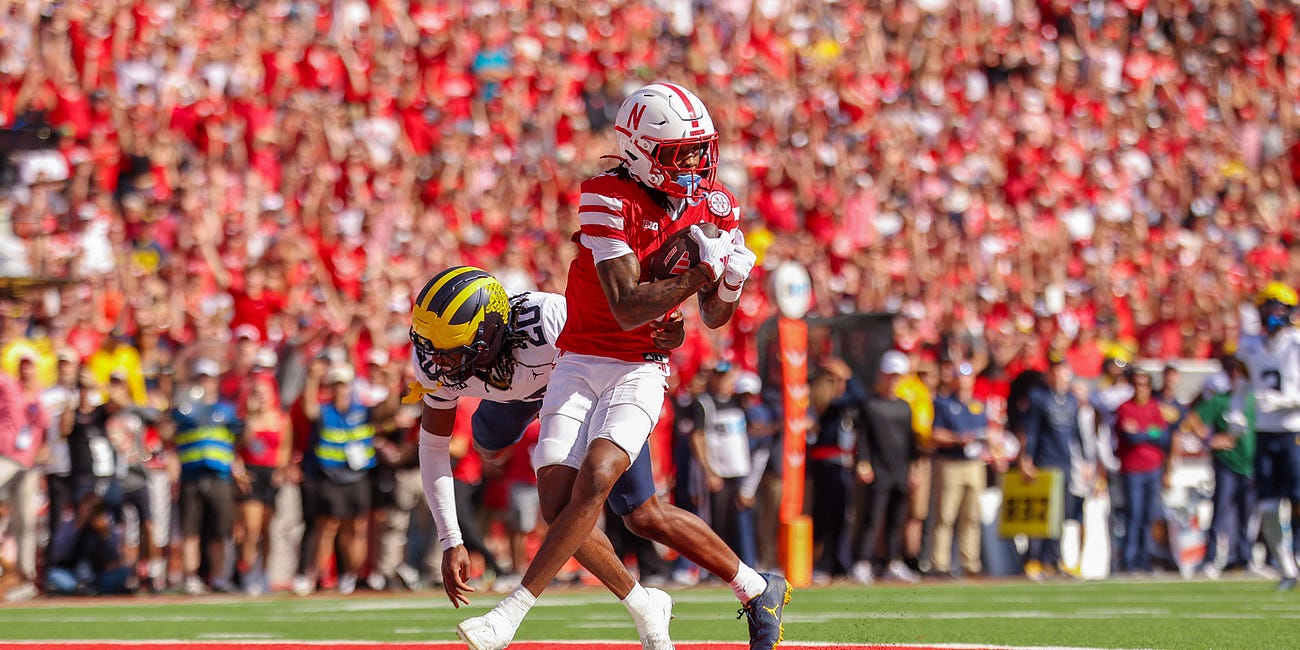The curse of very good-but-not-great
Penn State forces all college football observers to confront this yet again. Here's how Nebraska fits in.
Is there a worse curse for a college football coach than being the one who wins a lot of them, but doesn’t win the right ones? It’s a curse reserved for the undeniably successful because the first step in the hex is winning enough games that only a few games “matter’ each season. The next step is to lose most of those in that category.
It has to be maddening. Or maybe we can say it was maddening because the past 50 or so years of Nebraska football were lived under that very scenario.
Pick things up in, say, 1975, and a young Tom Osborne has yet to beat Oklahoma win an outright Big Eight title and he “only” went 18-5-1 over his first two seasons. He wouldn’t slay the Sooner dragon until 1978, claim sole ownership of a conference championship until 1981 or finish a season with two or fewer losses until 1982. Of course, Osborne and Husker fans would have to wait until 1994 to win the ultimate prize. Pretty much all the time before that win in the 1995 Orange Bowl was some degree of very good-not-great narrative.
Fifteen years later, Bo Pelini was in a similar space on a slightly lesser scale. After his 2009 team played arguably the best defense in the history of Nebraska football—falling one second long of a Big 12 championship then pasting Arizona in the Holiday Bowl, prompting Pelini’s famous postgame “Nebraska’s back and it’s here to stay”—expectations rose and the good-not-great clock started ticking. And we know when it ran out, with Pelini never winning fewer than nine but never more than 10.1
Add it all up, and that’s about 25 of the past 50 Husker seasons. Take out the final four Osborne years, when NU was on top of the world, and maybe Pelini’s first season, where there was legit optimism and a promising start,2 and you’d be crazy not to say the remaining 20 seasons were worse than the 25 or so where the Huskers had legitimate title hopes and continually came up short. This is only obvious in retrospect, however. The 95th percentile only looks good years later. In the moment, it feels like it’s an ocean away from the 99th.
Nebraska fans know this well, and if you happen to know a Nittany Lion fan, maybe check in on them. Let them know what you’ve seen and experienced over the years.
It won’t help them right now, but it’s a nice gesture and the most you can do.
I was thrilled to watch Oregon-Penn State Saturday. I picked the Ducks because I thought they were more dynamic, a bit more battle-tested this early in the season and, yes, didn’t carry the baggage Penn State and James Franklin did in the lead up to that game.
The game didn’t disappoint with Oregon building a 14-point lead and Penn State erasing it only to lose on an interception in the second overtime. At some point as the Nittany Lions rallied, great-game excitement became mixed with dread. If this didn’t go Franklin and PSU’s way, I knew the columns, podcasts and YouTube clips we’d see the next morning. They arrived right on time.
On the one hand, I get it. As someone tied to Nebraska football, by where I’m from and what I chose to do, the current sentiment around Franklin has been something I’ve watched for a surprisingly large chunk of my life.
On the other hand, as someone who has hopefully learned something as I’ve gotten older, I don’t totally get it. I understand it conceptually. Falling to 4-21 at Penn State against top-10 teams is a clear sign of “ceiling reached” for Franklin. That’s how human behavior works.
I’m just not sure it’s how football works. Penn State lost 30-24 to Oregon in double overtime. Had the Nittany Lions gotten run out of their own building—and it looked like that was going to happen toward the end of the third quarter—it would be different, but that wasn’t this game. Penn State wasn’t outclassed, just short, when it lost top-10 matchups 20-13 to Ohio State or 45-37 to Oregon or 27-24 to Notre Dame last year. You have to go back to 2022 to find a double-digit loss to a top-10 team.
But they are all losses, and what do you do with that? Is it randomness or the exact opposite of that?
I don’t know, and it wouldn’t be inaccurate to describe my job over the past 15 or so years as “college football narrative builder.” I wouldn’t be comfortable with that, but I would also know it’s not entirely untrue. Writing about anything is to try to apply some structure and order to things that might not naturally have it, and that comes with plusses and minuses.
In one sense, college football is the biggest sport in the American landscape. There are 136 teams playing at the top level, and even trying to have a passing understanding of most of that requires people whose job it is to make sense of the whole thing. Who else has the time?
In another sense, those that have time seem to reach a consensus as quickly as ever. There was no doubt what would be the lead story from Oregon’s win over Penn State, and it wasn’t Oregon’s win.
I’m not sure what to do with that, either, but it was hard for me to watch the Nittany Lions lose the way they did and think, “Well, just throw that over there on the Franklin pile.”
I guess what I’m really asking is if there’s even any room for anything more nuanced than that.
A more direct Nebraska angle
The Huskers return to face Michigan State this Saturday after an off-week,3 so I should probably stop navel-gazing. Penn State’s loss to Oregon, in non-clunker fashion, did get me thinking about Nebraska football again: When’s the last time the Huskers just didn’t show up under Matt Rhule?
The 27-20 loss to UCLA in Lincoln last November, as about a touchdown favorite, is probably the answer. The undeniable answer, if the previous one doesn’t work for you, is 56-7 at Indiana off a bye week in mid-October, with the Huskers as about a touchdown underdog.
If you accept the first answer, UCLA, Nebraska has played its last eight games, dating to last year, largely at or above expectation. If you prefer the second answer, Indiana, Nebraska has played nine of its last 10 roughly at or above expectation based on the point spread.
Boil it all down and I increasingly think this is what coaching actually is: Does your team perform like it’s capable of performing most of the time, and is the rest largely determined by chance?
I think that’s largely the story with Penn State and Franklin, and I think that’s where Nebraska has been of late.
On that note…
4 ways to look at the Big Ten and NU's place in it after 4 games
An 18-team conference is unwieldy in most ways, but it’s good for one thing—dividing into thirds. So is a 12-team conference, to be fair, but in our current era when the Big Ten and SEC are expected to eat up about four of the 12 playoff bids each, three six-team tears sort of breaks along natural fault lines.
The lines they are a changin’
Late last week, in my four ways to look at the Big Ten newsletter, I used the SP+ ratings as a way to show the opportunity ahead for the Huskers. At the time, said numbers projected NU as a 14-point favorite over Michigan State.
Circa Sports opened Nebraska as an 8-point favorite, a bit surprising on my end, but by late Sunday night that line was already up to Huskers -10.5. We’ll see where that settles by Saturday, but if you’ve read this far you already know, by the numbers at least, a loss to the Spartans would be worse than the loss to UCLA in 2024.
I like that as a spot for Nebraska right now. If you’re good, go out and win. Go out and win despite all the existential dread the loss to Michigan brought about.4 Go out and win because you’re good.
As Penn State’s loss to Oregon remind me this week, existential dread is always either too close or too far away.
No conference titles, either, despite three chances over seven seasons.
Scott Frost’s first season had even more optimism around it. Then Nebraska started 0-6, so I give the nod to Pelini ’08.
The Spartans were also on a bye.
A bye week didn’t help with that.





